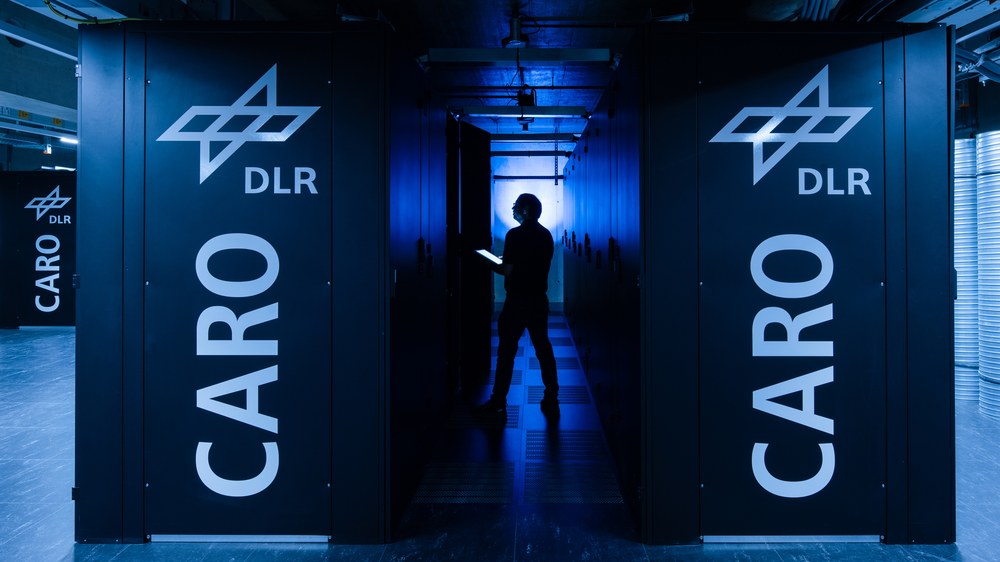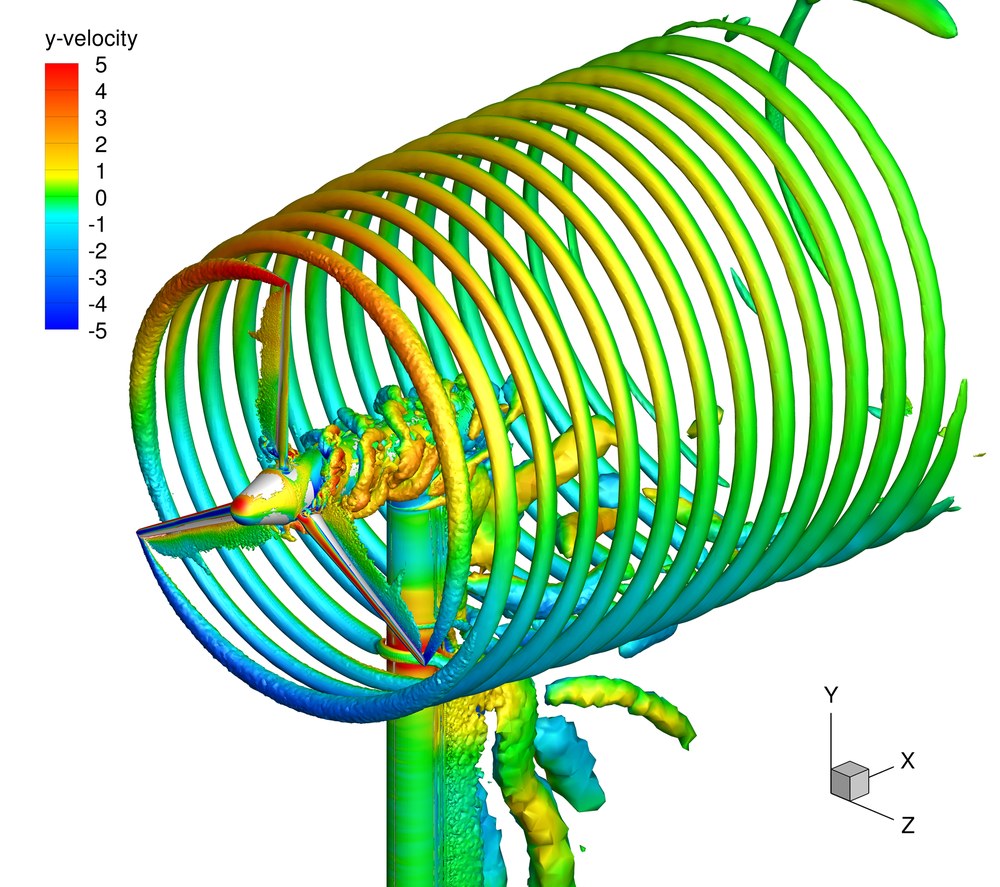CARO


The large-scale research facility 'Computer for Advanced Research in Aerospace' (CARO) is used to carry out numerical simulations. When questions of design and optimisation are transferred into mathematical equations, high-performance computing is required to approach possible solutions. This high-performance computing cluster can be used to carry out numerical simulations, such as stall and wake vortices in aircraft, flow resistance of cars or railways, optimal positioning of wind turbines or reduction of pollutants and increased efficiency of combustion processes.
CARO – a main pillar of the HPC infrastructure alongside CARA in Dresden – can be used by all DLR institutes to solve problems for which conventional personal computers or servers are not powerful enough. Employees of the Gesellschaft für Wissenschaftliche Datenverarbeitung (GWDG) manage the cluster for DLR. By concentrating on the provision of just a few HPC clusters for a wide range of potential users, a high level of effectiveness and efficiency is achieved.
CARO has 1364 nodes and is equipped with AMD EPYC processors, each with two sockets and 64 computing cores. The system is water-cooled and has a power consumption of up to 800 kilowatts. The storage system has a capacity of 8.4 petabytes of hard disk drive (HDD). CARO has a maximum computing power of 5.6 quadrillion computing operations per second.
The operation of the system within the newly built data centre of the University of Göttingen and the GWDG marks an important milestone in DLR history. The computer centre currently meets the highest requirements for energy efficiency. A very low power usage effectiveness (PUE) value of 1.1 can be achieved by cooling the system using water at a relatively high temperature.
